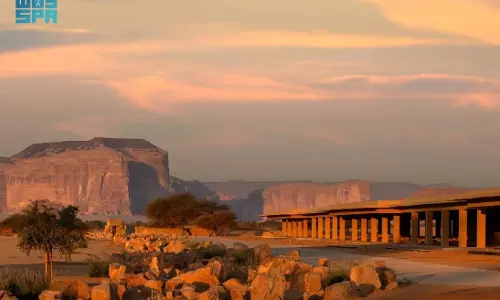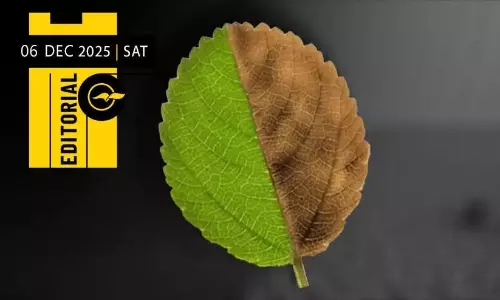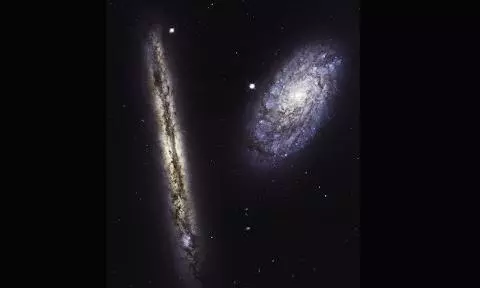
Different but same, NASA photographs twinning but distant galaxies
text_fieldsWashington: NASA's Hubble Space Telescope has photographed a pair of neighbouring yet distant galaxies. They are also twinning.
The American space agency shared the image on Instagram and wrote, "Look at those two buddies. Just hanging out. Doing their thing. This starry pair offers a glimpse of what our Milky Way galaxy would look like to an outside observer. The edge-on galaxy is called NGC 4302, and the tilted galaxy is NGC 4298."
They are around 55 million light-years away and reside in the constellation Coma Berenices. First discovered in 1784 by astronomer William Gerchel, they look dissimilar from one another only due to the angles we see them from. In truth, they are very similar in structure and content.
"Both galaxies are a little basic, as far as galaxies go. Being typical spiral galaxies, they have arms of young stars that wind outward from their centers. These bright arms are regions of intense star formation. Like other spiral galaxies, they have central bulges surrounded by a faint halo of stars and bars that extend from their central bulges to the arms," wrote NASA.
The image was described as: "Two distant galaxies as observed by @NASAHubble. On the left side, a galaxy is at a 90-degree angle from Earth on its disk. The angle of view creates a thin slanted line through space like a tear in a canvas with darker redder lanes of stars silhouetting its shape. To the right of the image, a large spiral galaxy extends long trails of stars and gas in shades of blue that brighten to yellow towards its galactic center. The background of the image is the blackness of space sprinkled with the occasional bright dots of distant stars and galaxies."























